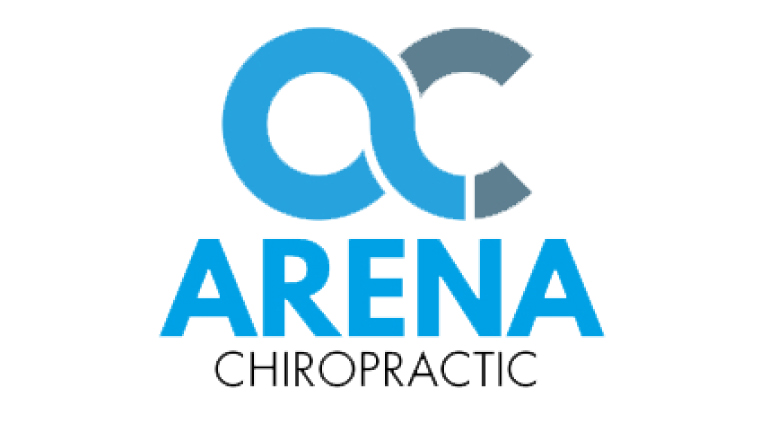Household chores can be a pain in the sacroiliac. Unless you’re careful, routine activities around the home— washing dishes, vacuuming, even talking on the phone— can strain your back, including the sacroiliac area near the tailbone, and result in debilitating discomfort.
But you can protect your back by knowing the right way to go about such activities, according to the American Chiropractic Association (ACA).
Consider lifting. It doesn’t matter whether you’re picking up your child or a heavy bucket of water, you need to do it the proper way to avoid injury.
How? Bend from the knees, not the waist. As you lift, hold the item as close to your body as possible. If you have to turn to place it, step in the direction of the turn. That way, you’re not twisting your body and straining your spine.
Back-Saving Tips
The American Chiropractic Association suggest the following do’s and don’ts for chores and relaxation:
- When you wash dishes, open the cabinet beneath the sink, bend one knee and put your foot on the shelf under the sink. Lean against the counter so some of your weight is supported in front.
- When ironing, raise one foot a bit. Place it on a small stool or a book to take some strain off your back.
- To vacuum, use a “fencer’s stance.” Put all your weight on one foot, then step forward and back with the other foot as you push the vacuum forward and back. Use the back foot as a pivot when you turn.
- While talking on the phone, don’t cradle the phone between your ear and shoulder. That can lock up the spinal joints in the neck and upper back, and cause pain. Instead, hold the phone with your hand or use the speakerphone.
- While watching television or relaxing, don’t use the sofa arm as a pillow. The angle is much too sharp for your neck.
- Use a cold pack if your back begins to hurt. Wrap an ice pack in a towel moistened with warm water. The warmth gives way to gradual cold, which likely will alleviate the discomfort. (No ice? Try frozen veggies instead.)
- If pain persists for more than a day or two or if you experience numbness, tingling or weakness in your arms or legs, see a doctor of chiropractic. A doctor of chiropractic is an expert in spinal health and can help identify and treat your problem.




